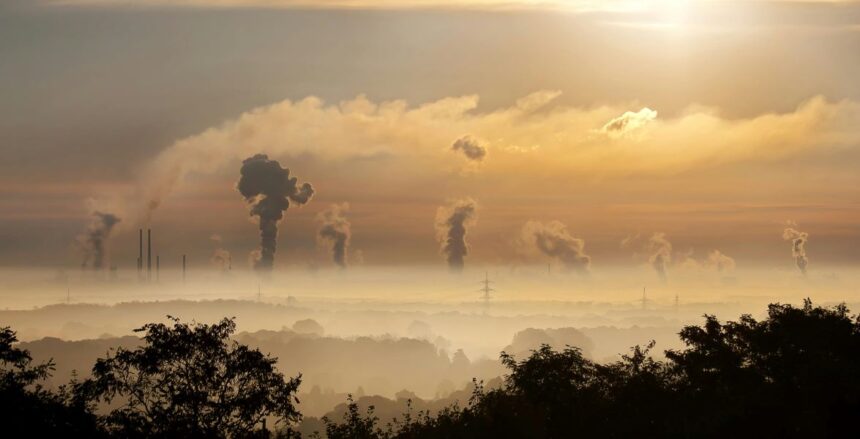Multiple factors contribute to worsening air quality in the region, including wildfire smoke, high ozone levels, industrial emissions, and vehicle pollution. On days when these sources converge, air quality index (AQI) readings can spike dramatically. Vulnerable populations, including children, the elderly, and individuals with asthma, often face the most serious health risks.
This comprehensive guide will explore the reasons behind poor air quality in Colorado Springs, how to track air quality in real time, protective measures, and long-term solutions. We’ll also address how climate and geography influence pollution levels in the area.
If you’ve ever wondered, “Why is the air quality bad in Colorado Springs today?”—this article is your go-to resource for understanding and action.
Why is the air quality bad in Colorado Springs today?
The air quality in Colorado Springs can be bad due to wildfire smoke, ozone pollution, traffic emissions, and weather patterns that trap pollutants. Use AQI tools like AirNow to stay updated.
The Science Behind Colorado Springs’ Declining Air Quality
Air quality in Colorado Springs is increasingly becoming a public health concern, influenced by a combination of natural and human-made factors. The city’s mountainous topography is a basin, trapping pollutants, especially during temperature inversions. These inversions, where warm air overlays cooler air near the surface, prevent pollution from dispersing and can lead to dense smog and high particulate levels.
Vehicle emissions are a significant source of pollution, particularly as the city experiences population growth and heavier traffic. Car emissions release nitrogen dioxide and carbon monoxide, which contribute to harmful ground-level air pollution. Industrial activity in and around the area furthers the problem, increasing the amount of airborne contaminants.












